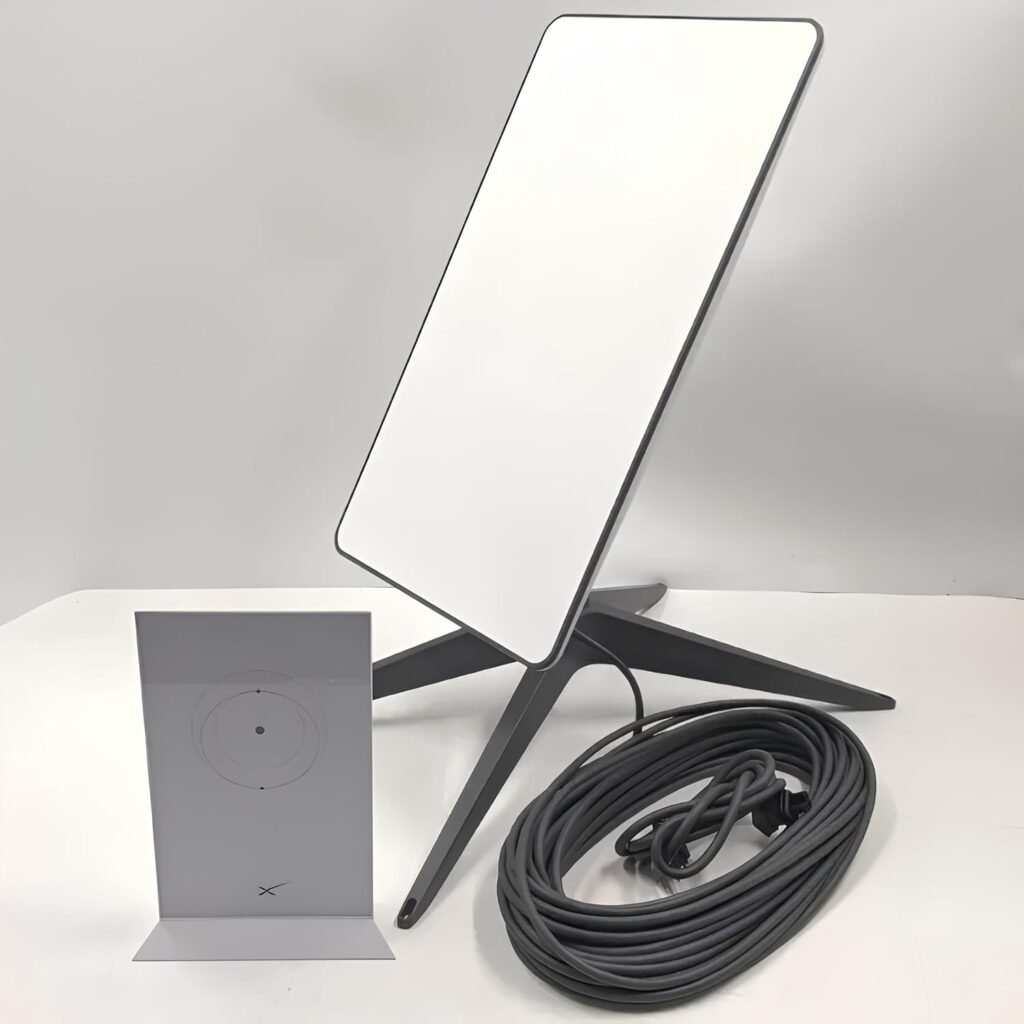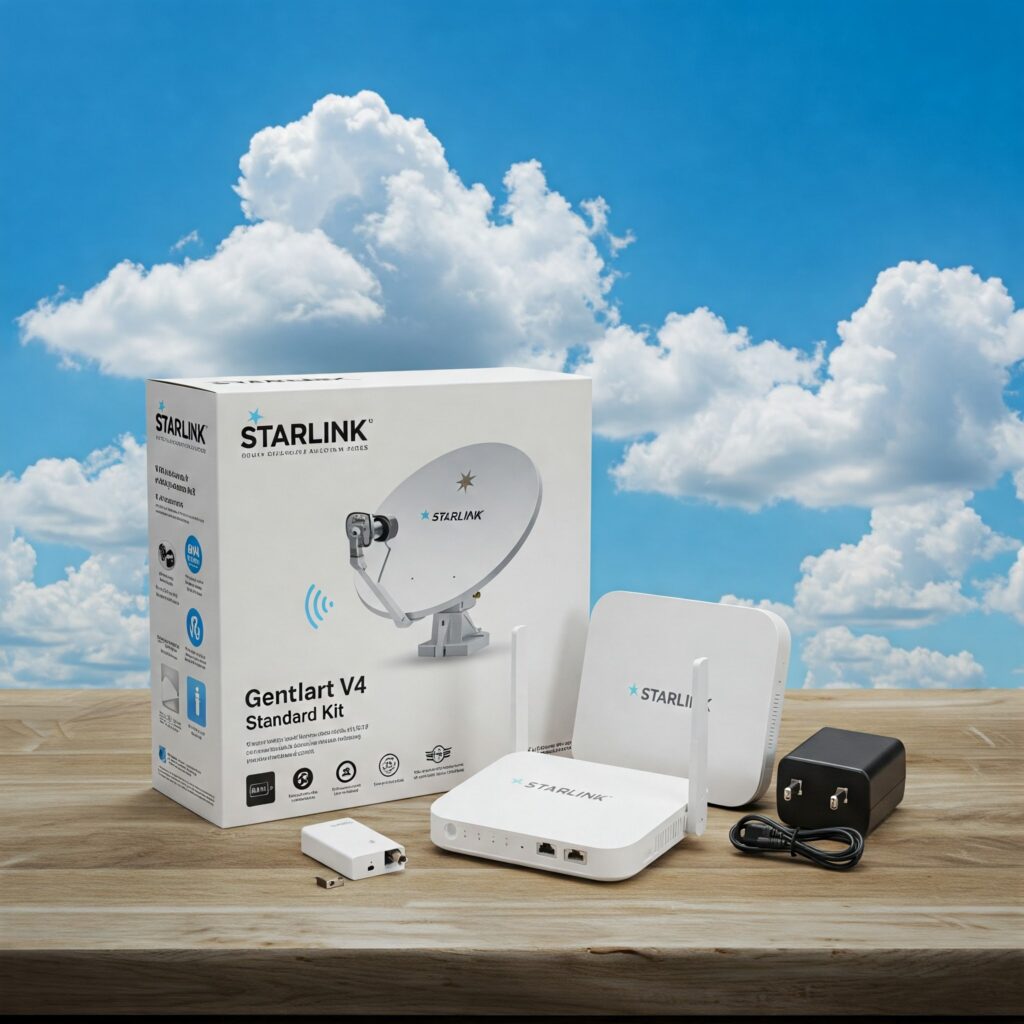Introduction
The Starlink Satellite Internet Device, developed by SpaceX, is transforming global internet access by providing high-speed, low-latency broadband to remote and underserved areas. With thousands of satellites in low Earth orbit (LEO), Starlink aims to bridge the digital divide and offer an alternative to traditional internet services.
How Starlink Works
Unlike traditional fiber or cellular-based internet, Starlink operates via a constellation of small satellites that communicate with ground-based terminals. Users receive a Starlink Kit, which includes:
- A satellite dish (user terminal) to receive signals from orbit
- A Wi-Fi router for local connectivity
- A mounting tripod for stable positioning
- Required cables and power supply
The dish automatically aligns with the nearest satellite, ensuring seamless internet access.
Key Features of Starlink
Global Coverage
Starlink provides internet access even in remote locations, making it ideal for rural areas, disaster recovery, and mobile use cases like RVs and boats.
High-Speed, Low-Latency Connectivity
- Download speeds: 50 Mbps to 250 Mbps
- Upload speeds: 10 Mbps to 50 Mbps
- Latency: As low as 20ms, suitable for gaming and video calls
Easy Setup
- Simple plug-and-play installation
- Dish auto-adjusts for optimal signal reception
- No need for professional technicians
Portability & Mobility
- Starlink Roam (formerly Starlink for RVs) allows users to stay connected while traveling
- Maritime and aviation solutions support connectivity for ships and airplanes

Regular Updates & Expansion
SpaceX is continuously launching new satellites and upgrading software to improve performance.
Starlink Plans & Pricing
Starlink offers several service plans tailored for different needs:
- Residential Plan – For home users, providing stable high-speed internet
- Starlink Roam – Designed for mobile use in RVs and off-grid travel
- Business Plan – Higher speeds and bandwidth for enterprise solutions
- Maritime & Aviation Plans – Internet for ships, yachts, and airlines
Pricing varies by region, with an initial hardware cost of $599 for the standard kit and a monthly subscription starting at $90 to $120 depending on location.
Pros & Cons of Starlink
Pros:
- Available in remote and rural areas
- High-speed and low-latency performance
- Easy self-installation
- No reliance on terrestrial infrastructure
Cons:
- Higher initial setup cost
- Service interruptions in extreme weather
- Requires clear sky visibility for optimal performance
The Future of Starlink
Starlink is expanding globally, with regulatory approvals in multiple countries and plans for additional laser-linked satellites to enhance coverage and reduce reliance on ground stations. As technology improves, faster speeds and lower costs are expected, making satellite internet a competitive alternative to traditional ISPs.

Conclusion
The Starlink Satellite Internet Device is revolutionizing global internet connectivity, particularly for those in underserved regions. With its high-speed performance, ease of use, and expanding coverage, Starlink is shaping the future of satellite broadband, making the internet more accessible than ever.
